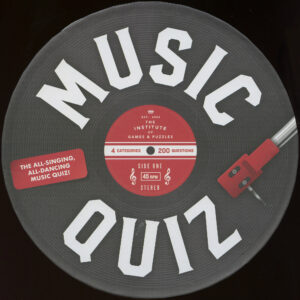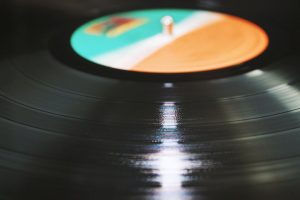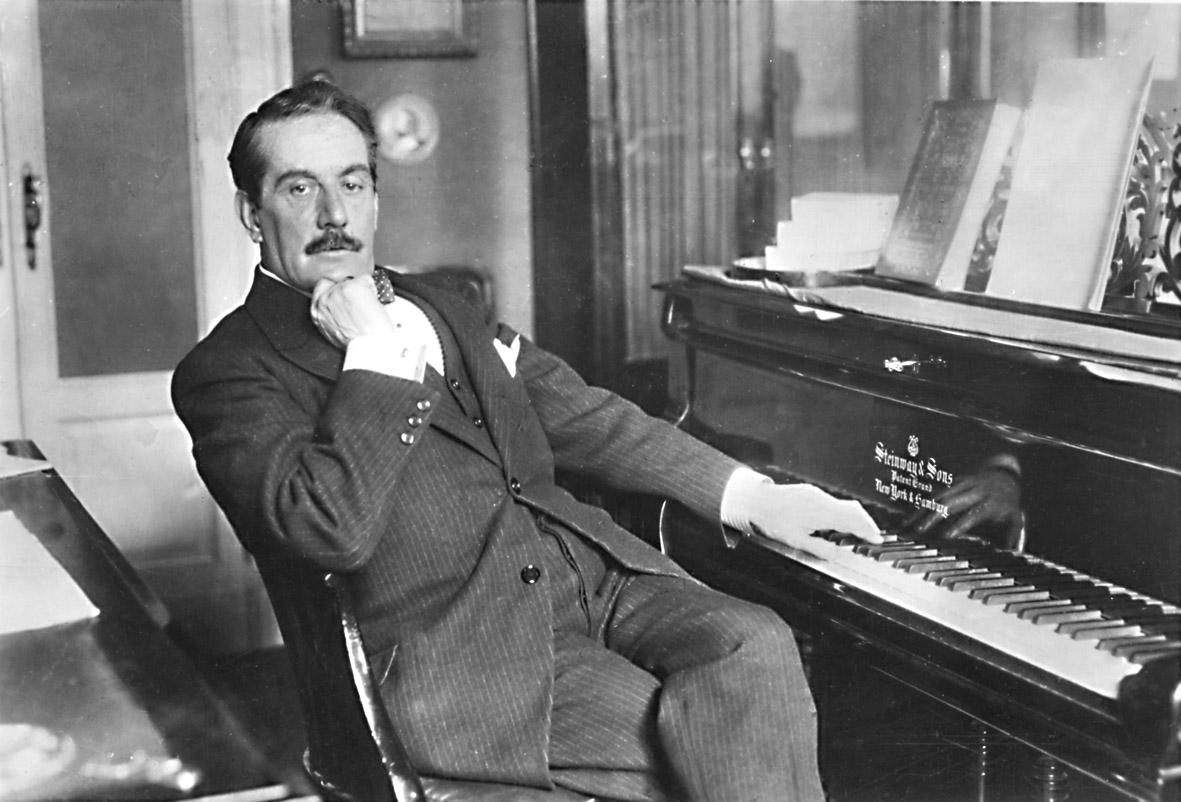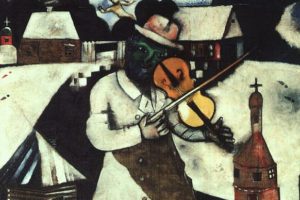In addition to Isaac Stern and Itzhak Perlman, the conductor is Seiji Ozawa. The three, and the rest of the Boston Symphony Orchestra, team on Antonio Vivaldi’s “Concerto in D Major for Two Violins and Orchestra.”
This is sort of Clapton and Page playing together, I guess. The comments are funny, because instead of talking about what guitars the stars are using — Stratocasters or Les Pauls — there is a bit of commentary on the violins. Apparently, Perlman is playing a Stradavarius (perhaps he calls it a Strad) and Stern a del Gesù.
It will probably get me kicked out of the bloggers union (now there’s a good idea…a bloggers union), but I am just going to link to information about each of the four principals, without any elaboration:
Stern helped to save Carnegie Hall. From his 1981 obit in The New York Times:
The American classical music world has produced few images as characteristic as that of Mr. Stern, a violin in his hand and a pair of horn-rimmed eyeglasses perched atop his head. It was the image of a musician at work — typically rehearsing and persuading rather than performing, casual rather than formal, engaged rather than passive. Countless photographs and caricatures, and miles of film and videotape, captured Mr. Stern preparing for concerts, coaching young ensembles during his master classes, or proclaiming the glories of Carnegie Hall, of which he was president. (Continue Reading…)
Itzhak Perlman:
Perlman was born in Tel Aviv, then British Mandate of Palestine, now Israel. His parents, Chaim and Shoshana Perlman, were natives of Poland and had independently immigrated to Palestine in the mid-1930s before they met and got married. Perlman first became interested in the violin after hearing a classical music performance on the radio. At the age of three, he was denied entrance to the Shulamit Conservatory for being too small to hold a violin.[2] He instead taught himself how to play the instrument using a toy fiddle until he was old enough to study with Rivka Goldgart at the Shulamit Conservatory and at the Academy of Music in Tel Aviv, where he gave his first recital at age 10,[3] before moving to the United States to study at the Juilliard School with the violin pedagogue Ivan Galamian and his assistant Dorothy DeLay.[4] Perlman contracted polio at age four. He made a good recovery, learning to walk with crutches. Today, he uses crutches or an electric Amigo scooter for mobility and plays the violin while seated. (Continue Reading…)
Antonio Vivaldi:
Antonio Lucio Vivaldi (Italian: [anˈtɔːnjo ˈluːtʃo viˈvaldi]; 4 March 1678 – 28 July 1741), nicknamed il Prete Rosso (“The Red Priest”) because of his red hair, was an Italian Baroque composer,Catholic priest, and virtuosoviolinist, born in Venice. Recognized as one of the greatest Baroque composers, his influence during his lifetime was widespread over Europe. Vivaldi is known mainly for composing instrumental concertos, especially for the violin, as well as sacred choral works and over forty operas. His best known work is a series of violin concertos known as The Four Seasons.(Continue Reading…)
Seiji Ozawa:
Seiji Ozawa was born on September 1, 1935 to Japanese parents in the city of Mukden, Manchukuo (now Shenyang, China). When his family returned to Japan in 1944, he began studying piano with Noboru Toyomasu, heavily studying the works of Johann Sebastian Bach. After graduating from the Seijo Junior High School in 1950, Ozawa sprained his finger in a rugby game. Unable to continue studying the piano, his teacher at the Toho Gakuen School of Music[1] (Hideo Saito), brought Ozawa to a life-changing performance of Beethoven’s Symphony No. 5, which ultimately shifted his musical focus from piano performance to conducting.[2] (Continue Reading…)










